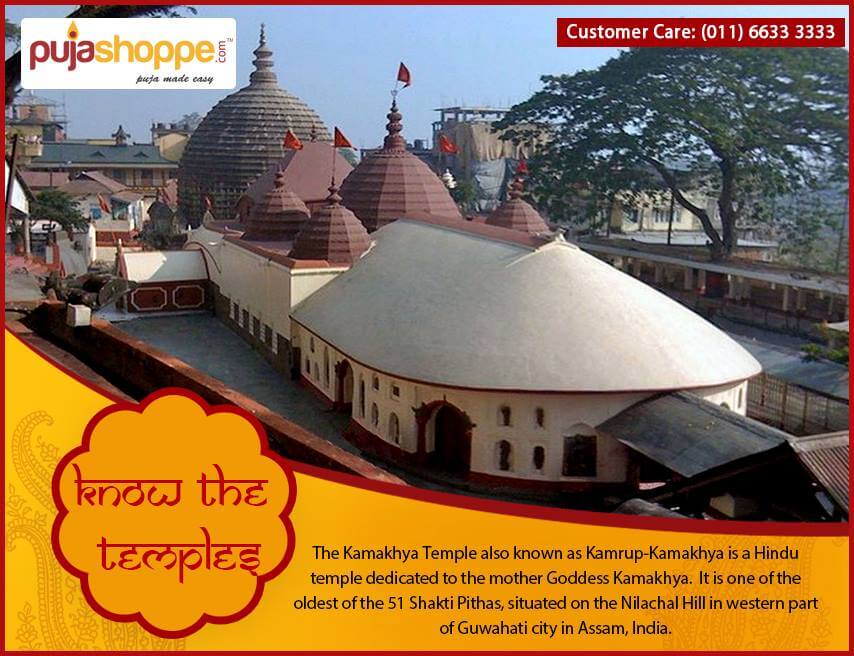With the promise of coming back with another interesting story about the Shakti Peetha, I am going to shed light on the power of Kamakhya Devi, which has received its homage for centuries among the Hindus. Thus, people have involved themselves in buying Online Puja Thalis taking the best of technology to worship the deity. By now, we are aware of the rise of these Shakti peethas, one of the revering temples popularly worshipped for the presence of Sati Devi’s burnt corpse fallen out of Lord Vishnu’s Chakra in order to stop Shiva’s Tandav carrying his beloved dead wife on his shoulder.
How has Sati been relevant with the Temple?
Not to miss the facts we have so far explored, I am going to recapitulate who Sati Devi was, and she was the power queen, the mother of all the power or known as the Adi Shakti. It was out of her rage that compelled her to jump on the fire of the Jogna, arranged by her father Daksha, the arrogant Puranic King.
The real story found out of the mythological texts reveals that Daksha was not happy with Sati’s choice of husband, who had no materialistic holdings of life and is an addict of Ganja as well. Being a doting father, he was worried of his daughter’s wrongdoing making him feel ashamed. Thus, he thought of performing a grand Vedic sacrifice leading to a formal invitation to all the deities and not to Shiva.
Sati could not bear this disrespectful behaviour of her father and purposely jumped to sacrifice her life on the Jogna fire. She knew what this could mean; a death can perish the sanctity on which the Jogna was conducted. However, in the later times, she took the avatar of Parvati to get married to Shiva once and for all.
The Rise of The Kamakhya Temple:
The bleeding Devi of Kamkhya temple has its origin out of this yarn of Sati Devi. Actually, out of the 51 pieces of Sati’s corpse, fallen in a scattered format across the Indian subcontinent, the temple of Kamakhya found “vulva” or “womb” as its sources. The form of desire called Kamarupa has its construction built due to the reasons of such sources. Many devotees seek blessings of the goddess and start to offer prayers annually at their places. Such requirement gave them to buy Mata Kali idol.
Interestingly, the Idol predates the Sanskritization of Assam and is responsible for the matrilineal social systems among the Assamese. The concept of matrilineal indicates “Mother” or Goddess is the main source of Power. Womb if taken has a scientific logic of reproduction for all the living beings in the world. Likewise, the Devi of Shakti has its linkage with the tribal Goddess of Khasi.
The Holy Place and The Deity:
As one of the Shakti Peetha, this temple has its geographical location in the hilly region of Nilachal. The western part of the Guwahati city dedicates its reverence owing to the fables during the Ahom Empire. Even the Mughal roars were found to display their gratitude to the lord during the medieval period. History owes its respect for the holy shrine since the rule of Samudra Gupta, authenticated in the Allahabad Inscriptions. However, it was in the 16th century, specifically the year being 1665 that the then Raja of Cooch Bihar, Naranarayana invested in the construction of this temple.
The tales of Kamakhya Devi needs a further discussion on how her prayers are chanted and how she shaped the lives of the residents residing near the banks of Brahmaputra. For that, you need to have patience in reading my next session of the post.

